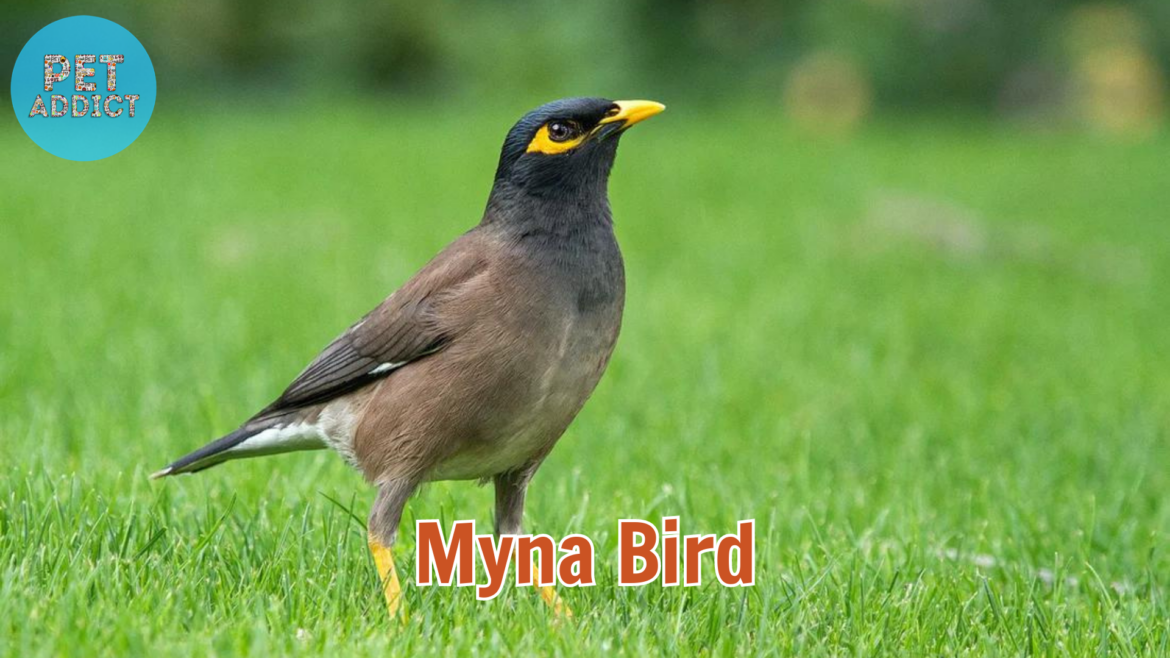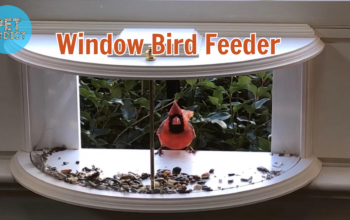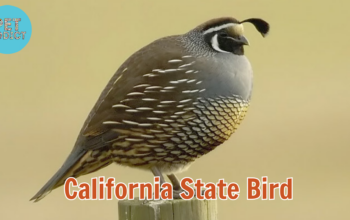The myna bird, a fascinating member of the Sturnidae family, holds significant allure for scientists and enthusiasts alike. Its intricate behavioral patterns, ecological role, vocal mimicry, and adaptability have triggered extensive scientific inquiry. In this comprehensive article, we embark on a journey to unravel the scientific intricacies surrounding the myna bird, delving into its taxonomy, morphology, behavior, ecology, and conservation implications.
PetAddict.net – The best place where you can find everything about your pet!
Taxonomic Placement and Diversity
Myna birds, scientifically known as the genus Mino, are part of the starling family, Sturnidae. This avian group comprises approximately 12 recognized species, each distinguished by unique features that range from plumage coloration to vocalization patterns. The diverse species within the genus Mino have been distributed across various regions, from the Indian subcontinent to Southeast Asia and the Pacific islands.
Morphological Insights: Anatomy and Plumage
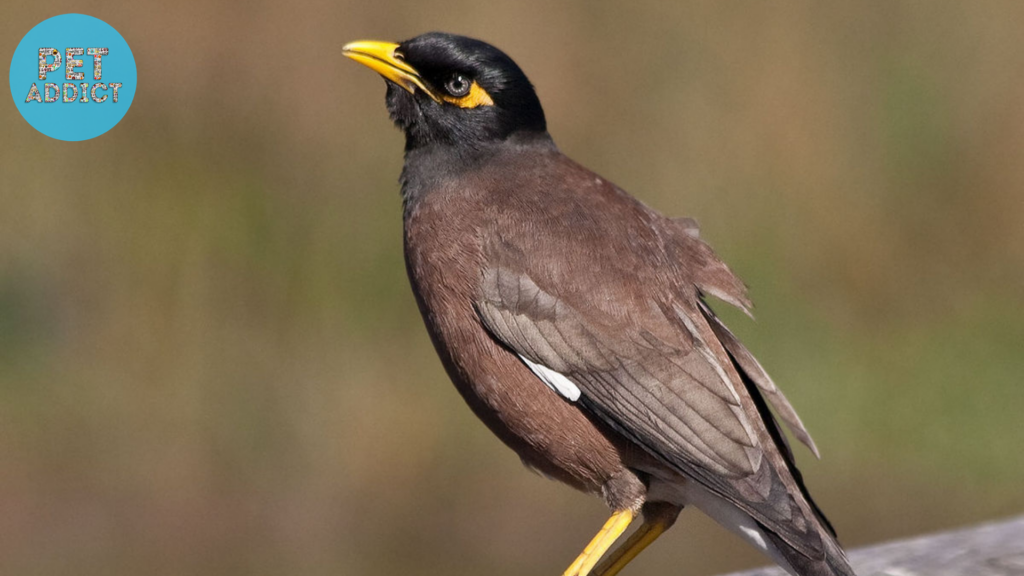
Morphological analyses have revealed several key characteristics of myna birds. Their medium-sized bodies are adorned with glossy plumage, often displaying a combination of black, brown, and iridescent green or blue hues. Distinctive yellow eye patches and vibrant beaks further enhance their aesthetic appeal. Detailed anatomical examinations have unveiled adaptations in skeletal structures, respiratory systems, and vocal organs that facilitate their remarkable vocalizations.
Vocal Mimicry: Acoustic Repertoire
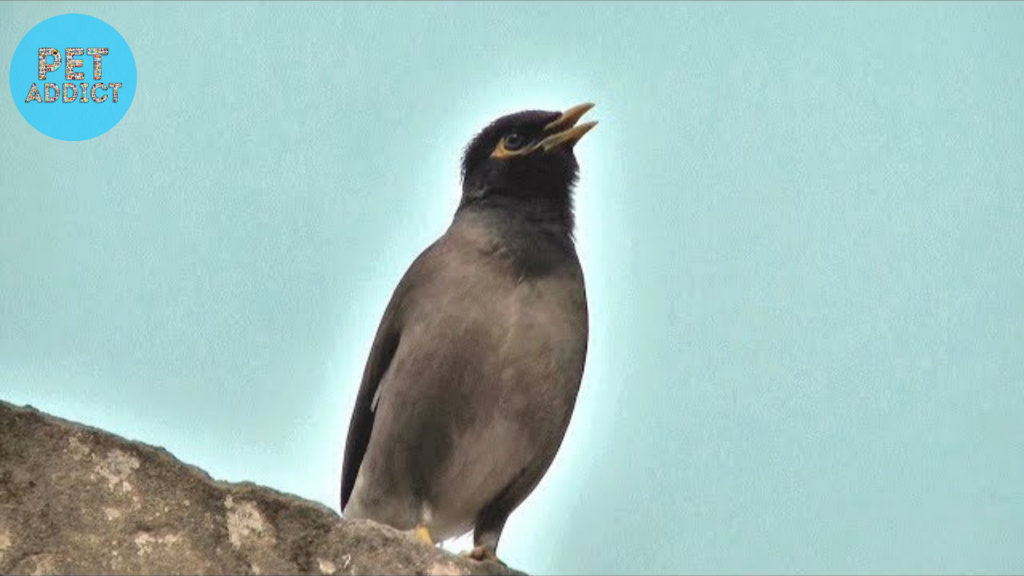
One of the most remarkable features of myna birds is their exceptional vocal mimicry. Detailed studies have illuminated the intricate mechanisms underlying their ability to replicate a diverse array of sounds. The avian syrinx, a complex vocal organ, plays a pivotal role in producing the vast spectrum of sounds exhibited by myna birds. Through the manipulation of airflow and muscular control, they mimic not only the calls of other bird species but also human-generated sounds.
Behavioral Ecology: Adaptations and Foraging
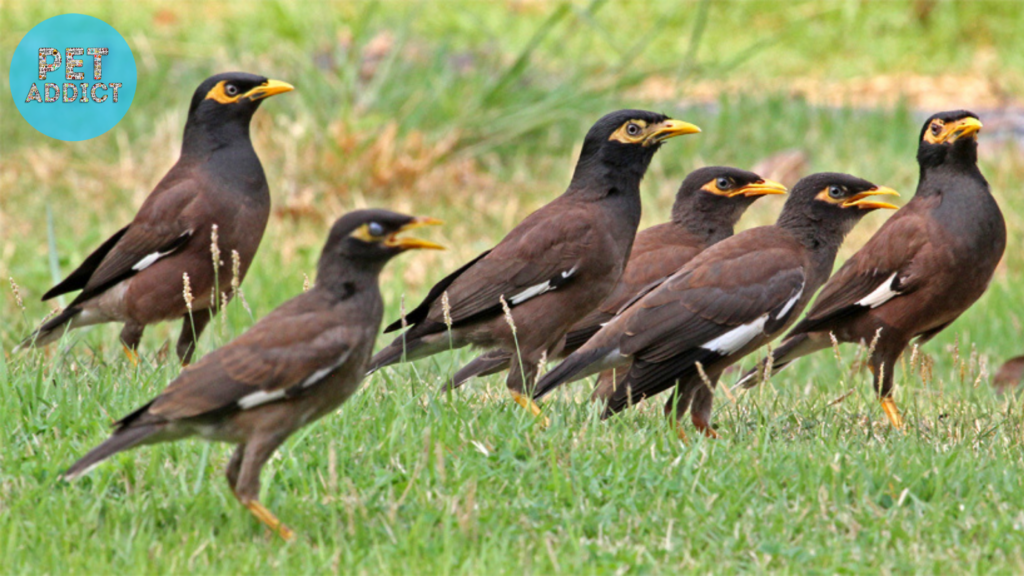
Behavioral observations have underscored the adaptability of myna birds to various habitats. Their presence is notable in both urban and rural landscapes, where they demonstrate versatile foraging behaviors. From capturing insects to feeding on fruits and scavenging food scraps, myna birds display remarkable resourcefulness. Studies have also shown their propensity for mimicking human actions, which serves as a communicative and identity-establishing behavior within their social contexts.
Ecological Significance: Ecosystem Services
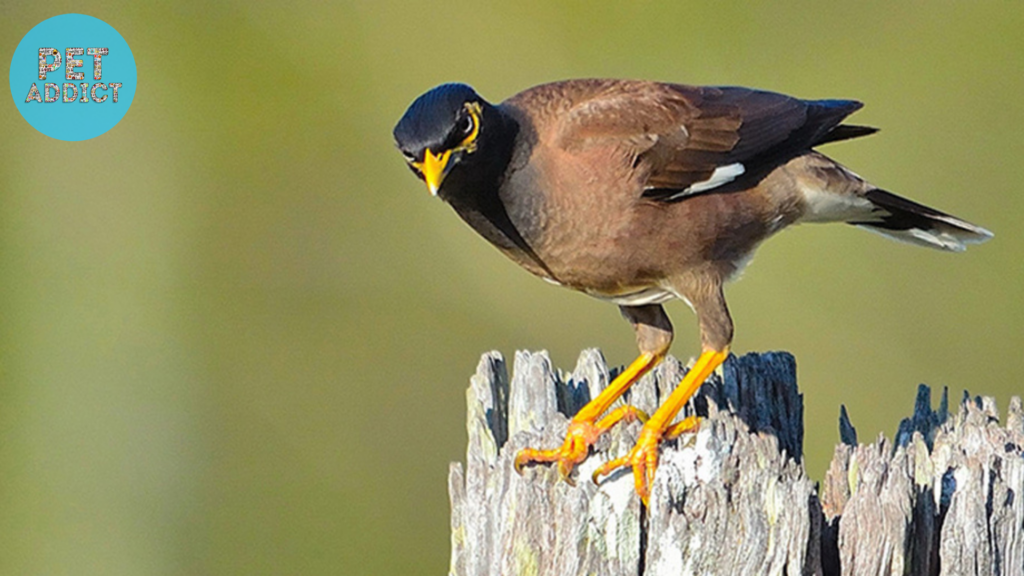
Ecological investigations have highlighted the integral role myna birds play in ecosystem dynamics. Their omnivorous diet contributes to pest regulation by curbing insect populations. Furthermore, their consumption of fruits aids in seed dispersal, promoting plant diversity and regeneration. As scavengers, myna birds contribute to organic matter decomposition, maintaining nutrient cycling within ecosystems.
Conservation Concerns and Strategies
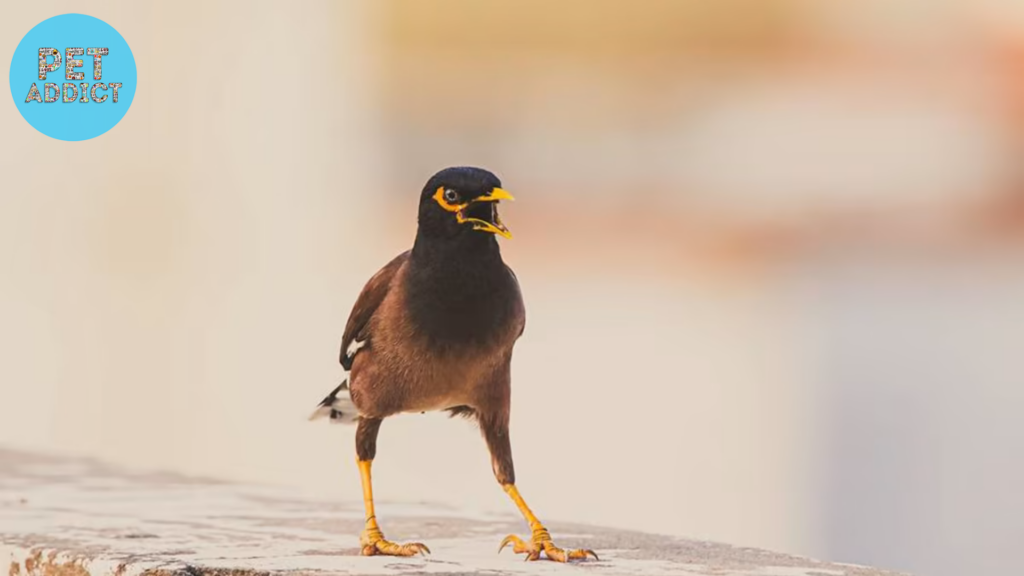
The scientific community has identified various conservation concerns surrounding myna birds. Habitat loss, driven by urbanization and agricultural expansion, poses a significant threat to their populations. Additionally, illegal trade and competition with invasive species further compound the challenges they face. Conservation strategies encompass habitat preservation, captive breeding programs, and public awareness campaigns to mitigate these threats and ensure the survival of these avian marvels.
Conclusion
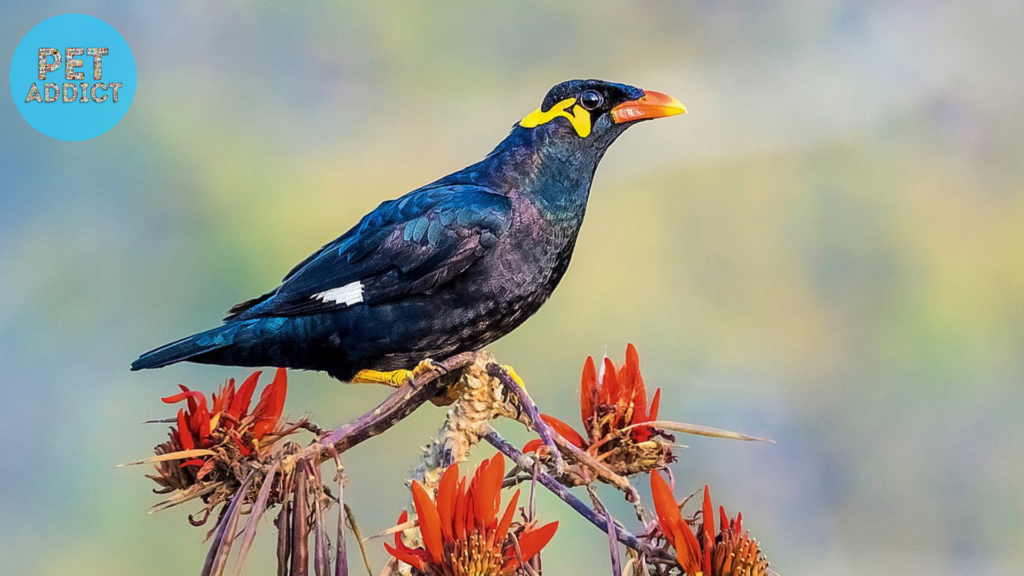
The scientific exploration of the myna bird unveils a realm of intricate adaptations, behaviors, and ecological significance. From their morphological distinctiveness to their unparalleled vocal mimicry, myna birds continue to intrigue researchers across disciplines. As we delve deeper into their world, our understanding of avian evolution, cognition, and ecological interactions expands. By appreciating the scientific nuances of the myna bird, we contribute to the broader tapestry of biodiversity conservation and scientific discovery.
Investigating Further: Scientific Frontiers
- What are the neural mechanisms driving myna birds’ vocal mimicry? Investigating the neural pathways and brain regions involved in vocal control and auditory integration could provide insights into their exceptional mimicry abilities.
- How do urban environments influence myna birds’ behaviors and adaptations? A comprehensive study of myna birds’ urban ecology, including behavioral shifts, genetic adaptations, and physiological changes, could shed light on urbanization’s impact on avian species.
- What role do myna birds play in plant-pollinator networks? Exploring their interactions with flowering plants and their potential contributions to pollination dynamics could uncover hidden ecological connections.
- Can captive breeding programs effectively safeguard myna bird populations? In-depth research on breeding behavior, genetic diversity, and reintroduction success rates could guide effective conservation strategies for myna birds.
- How do myna birds’ cognitive abilities compare to those of other avian species? Comparative studies of cognitive traits, such as problem-solving, tool use, and memory, could provide insights into the broader cognitive evolution of avian taxa.

